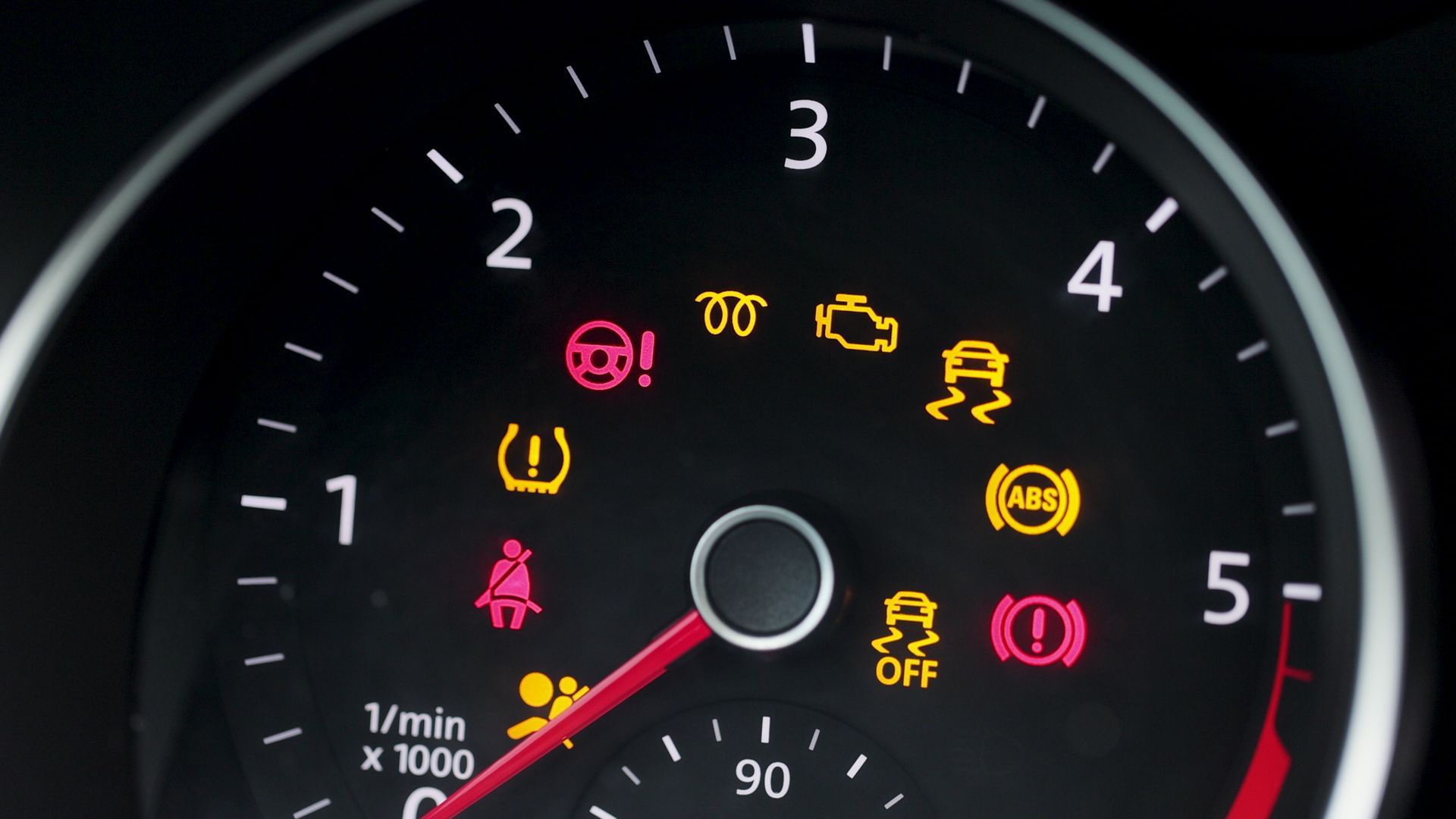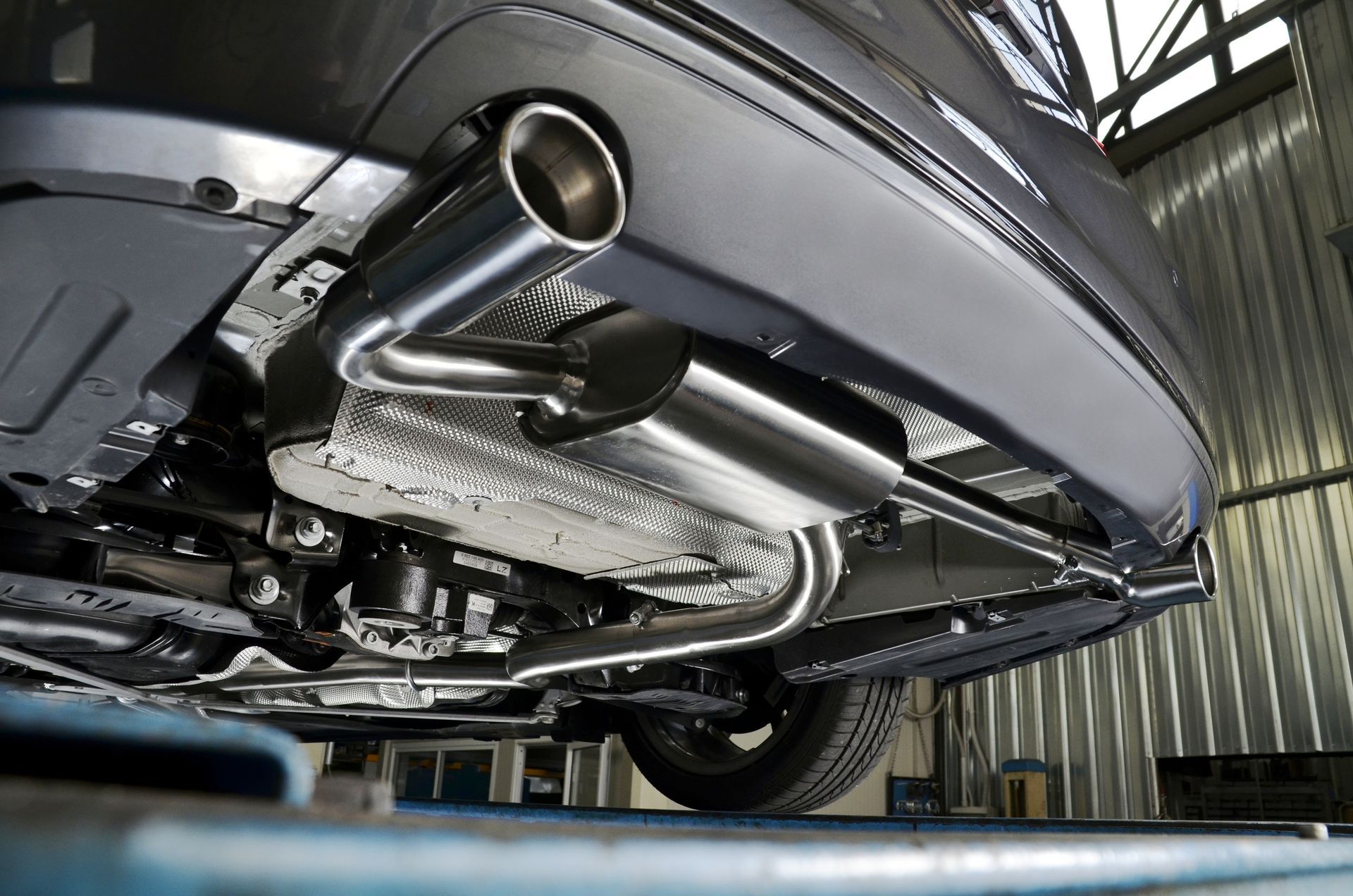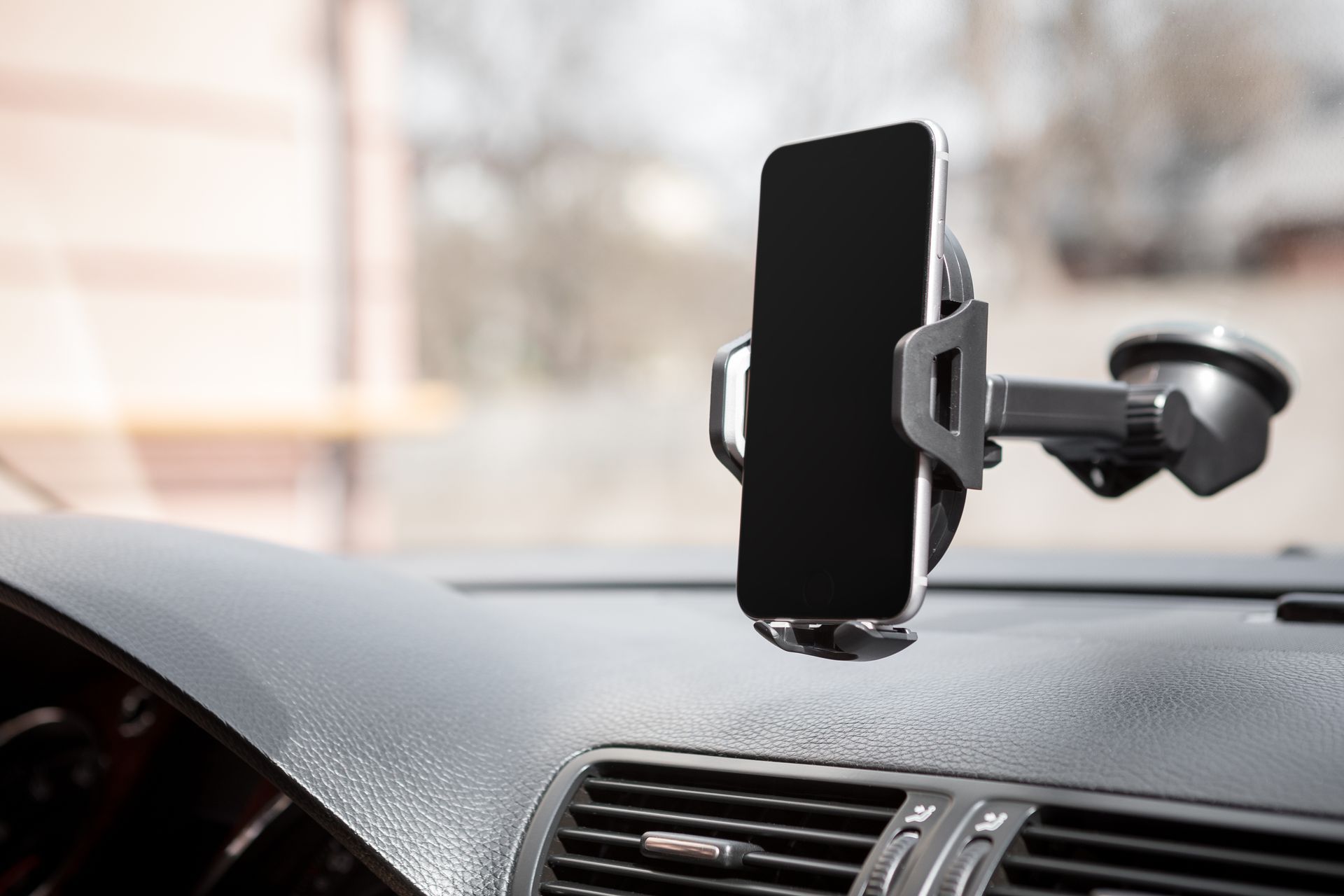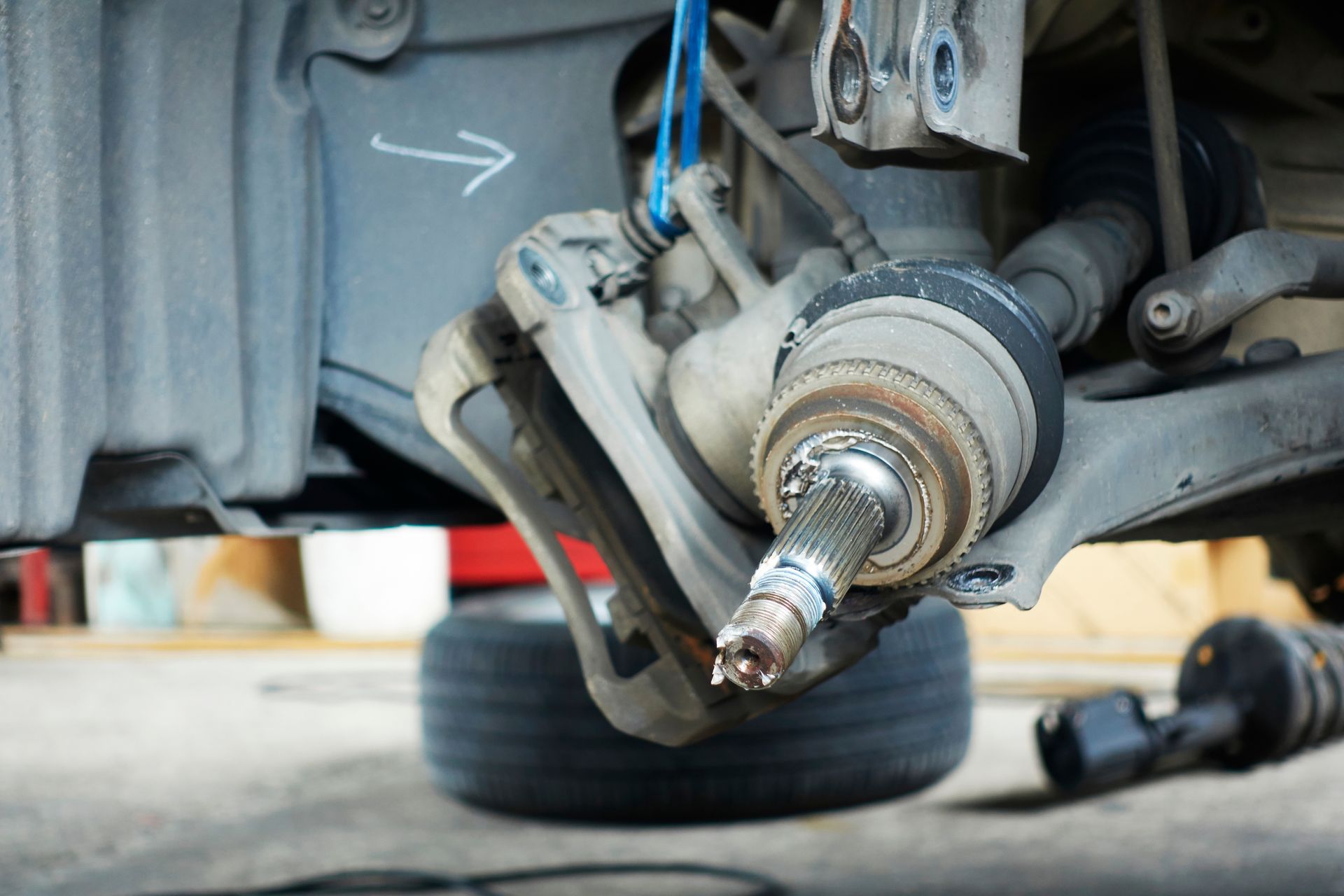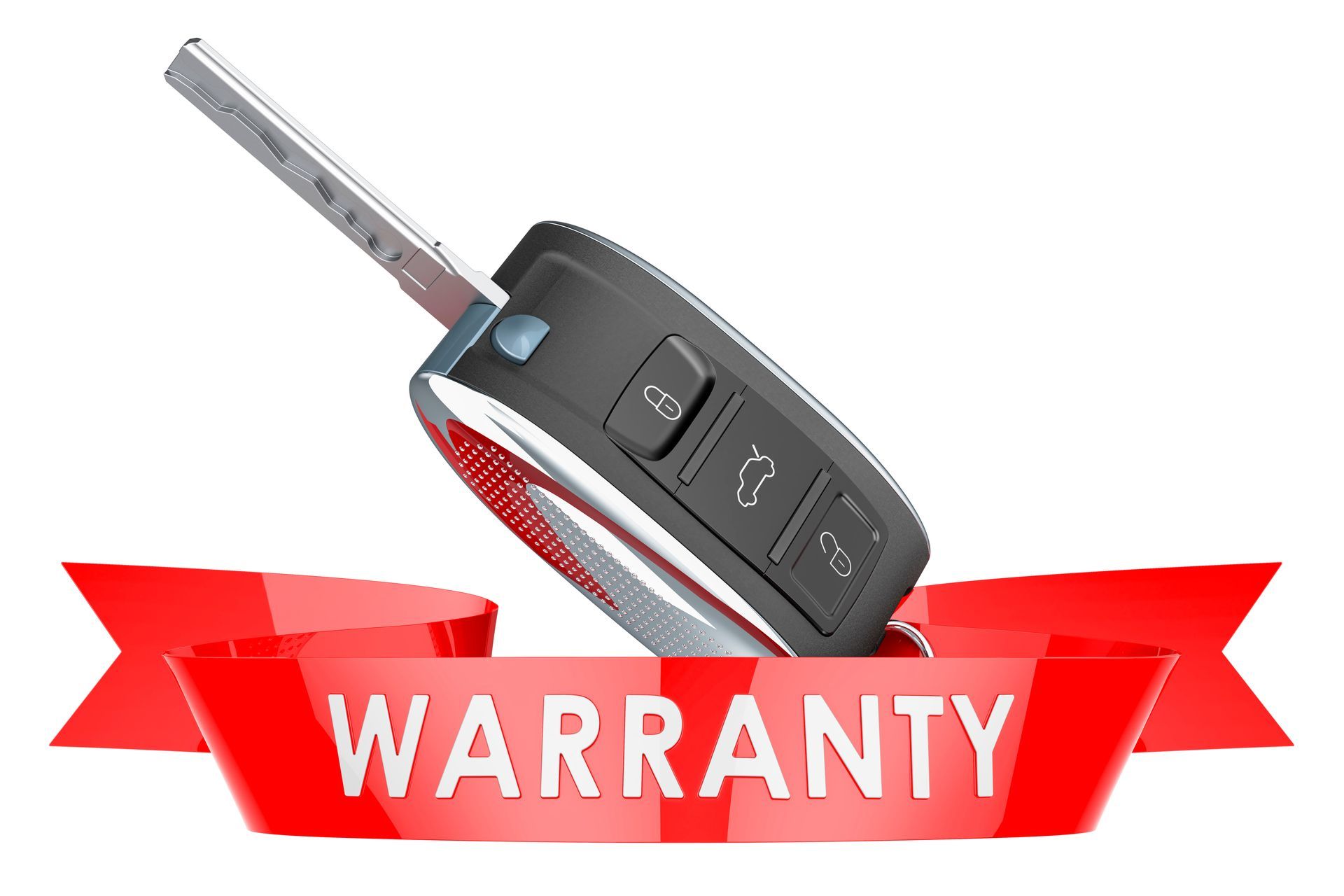You take a turn, finish the curve, and head straight—but your turn signal keeps clicking away like you're still planning to change lanes. It’s one of those little things that doesn’t seem like a big deal at first, but if your blinker doesn’t cancel on its own, it can become a distraction or confuse other drivers. That auto-cancel feature is built in for a reason, and when it stops working, it usually points to something going wrong inside the steering column. It might be a worn part, a broken tab, or something else entirely—but it’s not something to ignore.
How Turn Signal Canceling Works
When you activate your turn signal, a mechanism inside the steering column engages. As the steering wheel turns, a small plastic or metal tab inside the column rotates with it. Once the wheel returns to its centered position after the turn, that same tab triggers a spring-loaded release in the signal switch, canceling the blinking automatically.
This system is mechanical—not electronic—on most vehicles. That means if the internal tab or canceling cam wears out, breaks, or gets misaligned, the signal may not shut off by itself anymore.
The system relies on the steering wheel rotating far enough in one direction and then back to center. If the turn is too slight or the mechanism is damaged, the cancellation won’t occur.
Why Did It Stop Working
There are a few different reasons why your turn signal might not cancel automatically anymore, and most of them originate in the same area—the steering column.
Worn canceling cam
This is the small rotating component responsible for triggering the turn signal switch to turn off. Over time, it can wear down, especially in vehicles with high mileage or heavy use.
Broken clock spring
In some vehicles, especially newer ones, the clock spring (which maintains electrical connections while allowing the wheel to turn) may also interact with the canceling mechanism. If this part is damaged, it could affect signal function.
Steering wheel misalignment
If your steering wheel isn’t centered properly—whether due to suspension work, an alignment issue, or steering column replacement—the canceling feature may not engage even though the mechanism is still intact.
Previous repairs or airbag service
Work done on the steering column or wheel, especially during airbag replacement, can sometimes misalign the internal components, causing signal cancel issues.
Can You Keep Driving Like This
Technically, yes—but it’s not recommended. A turn signal that stays on after a turn is more than just an annoyance. Other drivers might assume you're preparing to turn again or change lanes, which can lead to misunderstandings and risky situations on busy roads.
There’s also the issue of distraction. You can find yourself constantly checking and turning off the blinker manually, taking your attention away from more important tasks while driving.
Fixing the issue sooner rather than later keeps your communication clear on the road and helps avoid frustration—for you and everyone around you.
How It's Fixed
In most cases, resolving a faulty self-canceling turn signal means removing the steering wheel to access the internal switch and canceling cam. Depending on your vehicle, the part may be available on its own or as part of a larger turn signal switch assembly.
We have the tools to remove the airbag safely, extract the steering wheel, and reassemble the system with everything aligned properly. In some cases, the issue may be minor and only require a small adjustment—other times, the switch or cam may need to be replaced entirely.
Modern vehicles with steering angle sensors and electronic systems may also require a reset or calibration after the repair.
When It’s Something Else
If the turn signal won’t turn off even when you manually try to cancel it, that could point to a worn or stuck switch rather than the canceling mechanism. In that case, the entire switch may need to be replaced.
On older vehicles, wiring inside the steering column can fray or short, causing electrical gremlins that affect multiple functions—signals, horn, cruise control, etc. If you’re seeing other symptoms along with the signal issue, it’s worth having a full inspection of the column and its components.
Tired of flicking your turn signal off after every turn? Let
Precision Automotive Service NY in Endicott, NY, take care of it. Our experienced team can diagnose whether the switch, cam, or alignment is causing the issue and get everything working like it should again.


